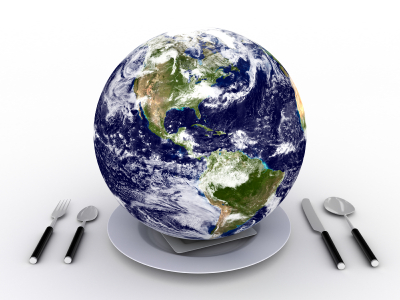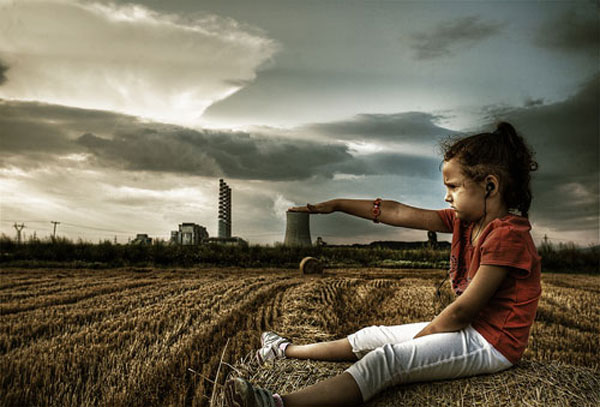 How we farm and how we eat may prove to be one of the largest issues of our time. There seems to be a lot of deep thinking around this topic, viagra buy and I believe the multi-dimensional problem of climate change reaches into the core of why we need a realignment of the inequalities in our food system – both locally and globally.
How we farm and how we eat may prove to be one of the largest issues of our time. There seems to be a lot of deep thinking around this topic, viagra buy and I believe the multi-dimensional problem of climate change reaches into the core of why we need a realignment of the inequalities in our food system – both locally and globally.
How do we fix food on a warming planet? Can we find a solution that will not cause worse damage and more starvation?
Planet Food
In regards to climate change, sick agriculture is a double-edge sword. It’s a sector of our society that is adversely affected by environmental changes. Yet our global food system is one of the greatest contributors to climate change.
 “Climate change, price in turn, is contributing to rising rates of hunger and food insecurity. As much as 1/3 of greenhouse gas emissions come from the food system.” ~ Slow Food
“Climate change, price in turn, is contributing to rising rates of hunger and food insecurity. As much as 1/3 of greenhouse gas emissions come from the food system.” ~ Slow Food
Pollutants such as pesticides (insecticides and herbicides) sprayed on our food, and injected into the soil, are landing on our plates. We have fumigants in our strawberries, growth inhibitors sprayed on our potatoes, hazardous chemicals like mercury swimming in our fish, and antibiotics pumped into our livestock. Even chocolate and peanut butter are threatened by global warming.
Agriculture has the ability to pollute the environment and make us sick. It also poses potential solutions as we create smarter food alternatives for our families. Growing chemical-free food, and shopping locally can help push back against a broken food system.
But, what about our global community? How can we worry about eating organic spinach when people are dying of malnutrion?
Starving Planet
Changes in climate have exasperated the problem of famine.
"Higher temperatures and changes in precipitation result in pressure on yields from important crops in much of the world…Biological impacts on crop yields work through the economic system resulting in reduced production, higher crop and meat prices, and a reduction in cereal consumption. This reduction means reduced calorie intake and increased childhood malnutrition." ~ Scientific American
I would love to hear your thoughts on this subject, as I’ve just scratched the surface of the issue of food. To create a cleaner plate, the fix won’t just happen organically. As our planet grows warmer, we are going to need to do something. I believe we’ll need to start voting with our stomachs, and healing with our hearts.
Here’s one way to start...

 After listening to a
After listening to a 